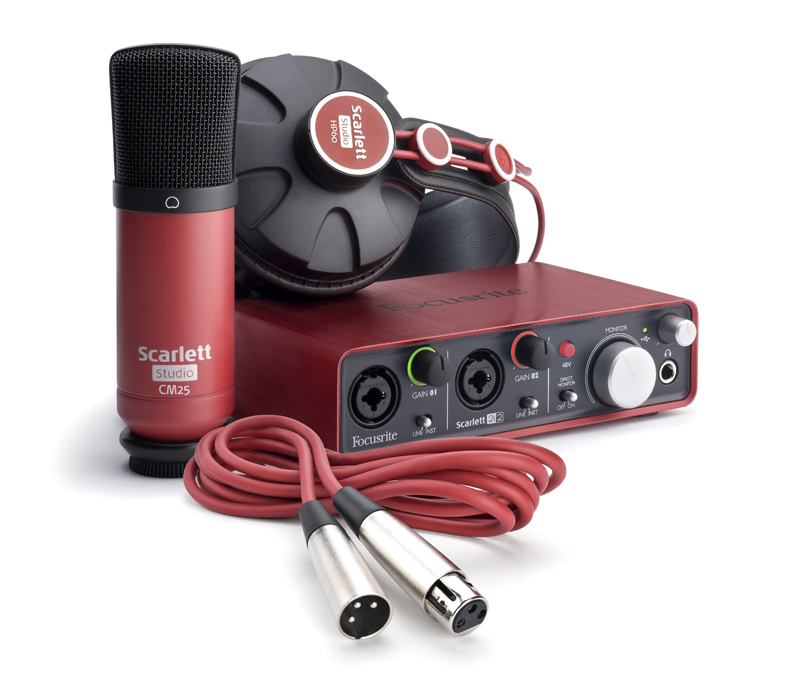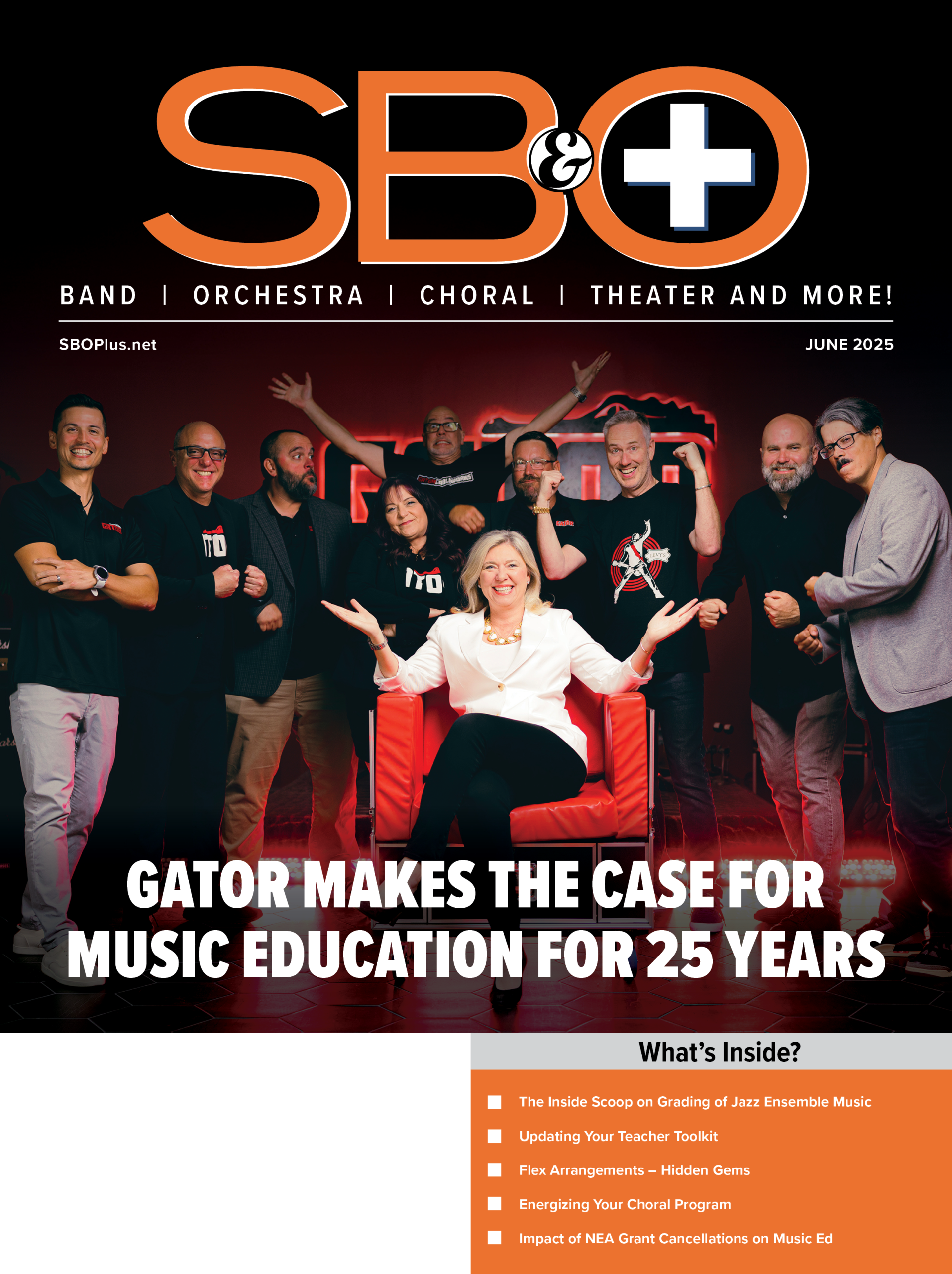Reprinted from ChorTeach with permission from ACDA
As choral music teachers, it can be overwhelming to narrow down the vast offerings of repertoire. I wanted to share octavos I have used often in my classroom that I feel supports students’ musical growth and success. The suggestions in this article are two-part, three-part mixed, and SAB/SATB voices, but many of these arrangements are available in multiple voicings. The exemplars of choral octavos included here are accessible, exciting to sing, pedagogically sound, and useful particularly for winter concerts.
For teachers who are new to working with middle school changing voices, I recommend selecting two-part music for your fifth and sixth graders and maybe even your seventh graders in the first semester, three-part mixed for your seventh graders (if you have young men whose voices have begun to mutate [see John Cooksey’s Midvoice-II or New Baritone stages]), mostly three part mixed for eighth graders, and potentially SATB or SAB music for larger eighth-grade or ninth-grade choirs.
I’ve chosen pieces that are: 1) polyphonic and/or make clever use of ostinati, 2) have singable lines with limited ranges that are accessible, and 3) easy to memorize due to the use of repetition.
Two-Part Music
Gloria
by Rae Moses
BriLee Music
Duration 1:30
Available in SATB/SSA
I have always found my students respond well to pieces that utilize mixed meter, and this setting of Gloria by Rae Moses is no exception. A short but impactful work, this piece alternates between E-flat and G-flat in a way that is well supported by the accompaniment and uses some bits of dissonance that will make for a great teachable moment. Furthermore, Moses uses repetition quite a bit, which will help your students and your accompanist to be successful. The biggest challenge may be teaching Latin pronunciation, but I’ve found Latin is a great first foreign language to try with young singers due to its consistent vowel and consonant pronunciations.
When Sweet Winter Comes Again
by Cynthia Gray
Choristers Guild
Duration 1:58
Can also be done with three-part or four-part choirs
Rejoice! Here’s a round for middle schoolers that is not ancient or boring! Gray’s piece combines a canon texture with unison singing perfectly to create a singable, fun, and accessible piece for this age group. My students always enjoy singing this because they learn it so quickly and it instantly sounds great. I love it because I can quickly focus on musical elements, teach form, and refine diction. It’s a secular piece, which makes it even more enticing. The piano accompaniment is a little quicker, but if you’re able to record it ahead of time, there are no tempo changes, which makes it easier to follow.
In the Dark of December
by Lon Beery
BriLee Music
Duration 2:07
I’ve included several pieces published by BriLee Music, as they provide affordable part-learning tracks for all their pieces. This is a tremendous help for stressed-out choral teachers trying to manage limited program funding. This piece by Lon Beery is in Dorian mode, features text from the poem “I Hear a Bird Sing” by Oliver Herford, and includes a beautiful flute obbligato. The melodic line is singable, and ranges are perfect for young singers. This would be a beautiful secular piece for winter to add to any young choir’s repertoire.
Pat-a-Pan
arr. by Andy Beck
Alfred Music
Duration 2:05
Available in three-part mixed
Andy Beck’s arrangement is written as a partner song style with limited ranges. The traditional French carol is based on the legend of shepherds visiting the Christ child and playing instruments for him in the manger. Also available in three-part mixed voicing, but I prefer it as a twopart piece. The song form will make this an easy piece to teach in a variety of learning environments.
Bidi Bom
by David Eddleman
Carl Fischer Music
Duration 1:50
Available in SATB/three-part mixed
“Bidi Bom” is great an original piece by David Eddleman that can be sung either as a generic holiday piece or a Hanukkah-specific piece. The melodic lines are either in unison or contrapuntal, which allow teachers to teach them separately and bring them together as you get closer to the concert. The accompaniment is relatively simple and could be played by a talented student accompanist. I have used this piece with my choirs several times, and it always sounds impressive and tougher than it actually is.
Three-Part Mixed
African Noel
arr. by Victor Johnson
Heritage Music Press
Duration 1:40
Available in SATB/two-part/SSA
A well-written arrangement of the traditional West African Liberian folk song “Banuwa,” this piece works for rebuilding ensembles due to its repetition. Also, the melodic lines are written in a middle school-friendly way with limited ranges, and they work very well as sight-singing exercises. Try having students writing in their solfége before you begin rehearsals!
I Saw Three Ships
arr. by Russell Robinson
Carl Fischer Music
Duration 2:15
Also available in SATB/two-part
A staple piece for any young choir (by one of the giants of middle school arranging, Russell Robinson), this setting of the classic English carol works especially well for groups new to homophonic singing, as it only features one such section that gets repeated a few times. I had my eighth-grade chorus sing this a few years ago with much success, and I am sure you will find it a welcome addition to your program.
Shiru l’Adonai
arr. by David Neches
BriLee Music,
Duration 1:30
Available in two-part
This is piece based on a well-known Hebrew prayer. Arranger David Neches has chosen to set it canonically for the A section and recapitulation, with a short homophonic B section. It’s an accessible tune that students can quickly learn, and the middle section can be easily learned via practice tracks. An excellent piece to give your students successful musical moments.
Shout Allelu
by Roger Emerson
Hal Leonard
Duration 2:35
Available in SSA
This upbeat piece can be used during the holiday season or any time. Although the song contains a large amount of unison singing, the mixed-meter piano accompaniment and funky bass line make this exciting for both students and audiences! It also features a great teachable moment with a bridge section in quartal harmony. One word of warning: while marked three-part mixed, part 3 is a little lower (E3) than I personally prefer for developing men’s voices, so it might be best for eighth-grade singers.
SAB/SATB
Antiphonal Deck the Hall
by Greg Gilpin
Alfred Music
Duration 2:33
Available in SATB/SAB/two-part
Just as the title suggests, this piece relies heavily on an antiphonal texture, which makes it a great choice for your eighth- or ninth-grade choirs with limited experience. Written by Greg Gilpin in a lilting 6/8 texture with a relatively easy accompaniment, this piece has always been a success with my students because it allows each section to have their own distinct melody in the B sections, with an antiphonal A section that is repeated often with different text.
Bethlehem Spiritual
by Donald Moore
Alfred Music
Duration 2:15
Available in SATB/SSAB/TTBB
This original a cappella work has been in circulation for many years, but it’s a favorite of mine with choirs that can handle a cappella singing and a lower line for baritones. What makes it accessible for rebuilding ensembles is the ostinato-like layering of each voice line in the A sections, which allows students to learn their parts separately and only requires a limited time to put it together. The B section is homophonic, but half of it is in unison. “Bethlehem Spiritual” is an exciting piece with a driving groove to challenge your students and entertain your audiences.
Hanukkah Hayom
by Michael Larkin
Alfred Music
Duration 2:00
Available in SAB/two-part
Michael Larkin’s “Hanukkah Hayom” was an excellent addition to my library of Hanukkah music. My eighth-grade men loved this song because it allowed them to sing into their low range with a big, bold sound. What makes it useful in this setting is that the chorus is largely in unison (with the sopranos singing a descant), and the A section, while homophonic, is written melodically and is singable for all parts. If you only have limited rehearsal time with your “y’all come” choir, this may be a challenge; but this is a great choice for a group that learns music quickly or one that gets sectional time.
I hope you can find some music in this article that will excite you and your students! I encourage everyone to remember to use the resources already available to all of us: there are several publishers that include low-cost, part-by-part recordings on their website, free accompaniments, and sample recordings. There are publishers that include part-by-part recordings on their website, free downloadable accompaniments, and sample recordings via YouTube. These will be far easier to share with your students than sending them to a music site where they may need to search on their own. In addition, many colleagues have also recorded their own practice files and shared them on YouTube, or at least sequenced practice files in MIDI format. Avail yourself to the magic of a Google search before settingout to make your own material (keeping any necessary copyright rules in mind, of course). As we continue the school year, may you and yours continue to be healthyand happy, and your ensembles growing!
Matthew Hill teaches at J. R. Fugett Middle School in the West Chester Area School.
ACDA.org





























